Google Ads Survival Guide for the COVID-19 Crisis
(This article was last updated on 5/21/2020)
First, please stay safe and healthy during the COVID-19 crisis. For yourself, for your family and for your friends and neighbors.
This may be the worst health crisis in generations. It’s on our minds and in our lives every day. We are also concerned about the associated economic crisis, and that’s the topic of this article. But we recognize that the economy cannot recover until this health crisis is under control. Let’s all do our part to help that happen.
My best wishes for you and your loved ones.
~ Andrew
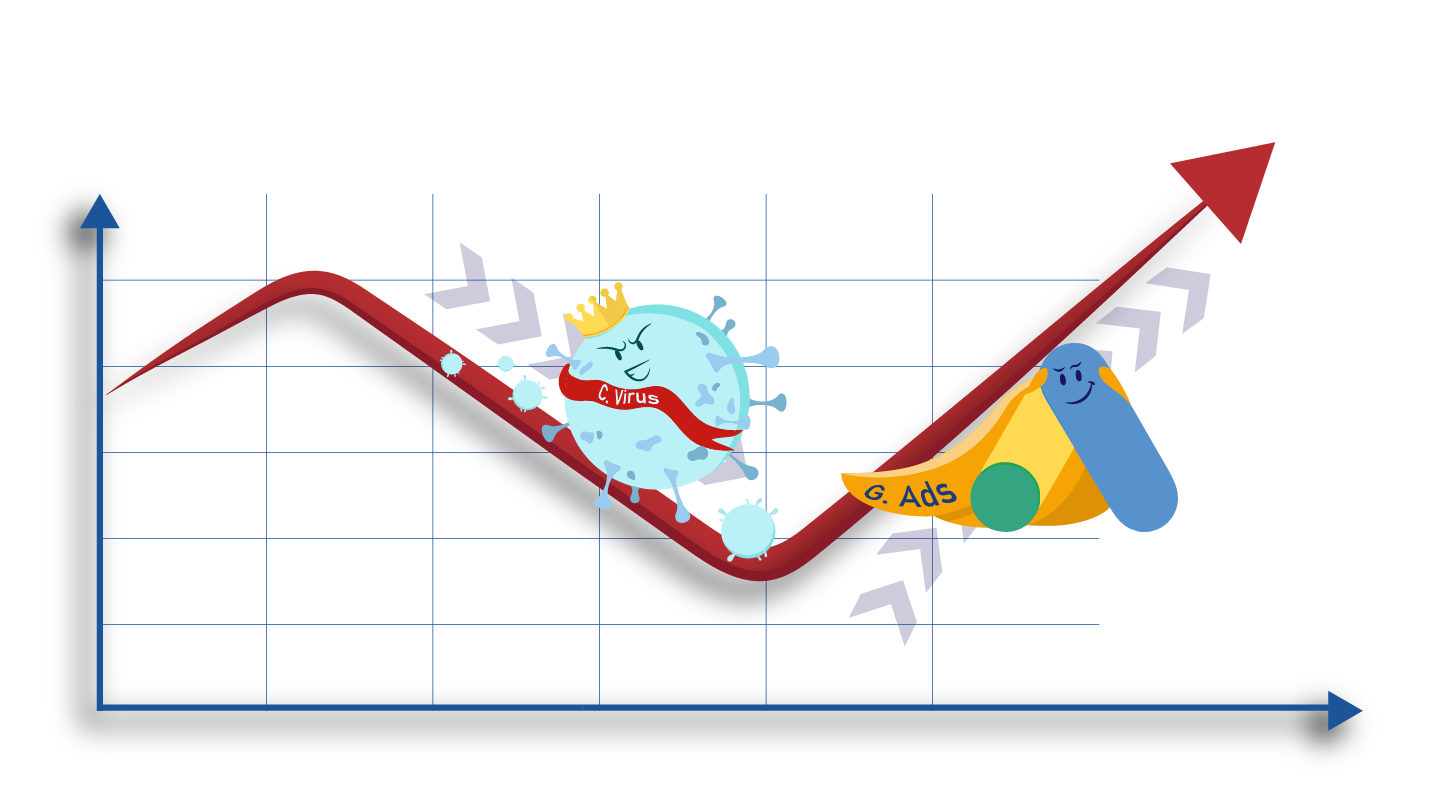
How can Google Ads help your business survive (and thrive!) during the COVID-19 crisis?
Worried about your PPC advertising during COVID-19? Then this Google Ads Survival Guide is for you. It’s filled with insights from our agency and other top PPC agencies to help you chart a clear path forward.
No business has remain untouched by the effects of the coronavirus pandemic. Most companies are re-evaluating their PPC strategies. Some have decided to stay the course for now. Some have reduced spending. Others have increased spending. You may feel pressure to cut costs, but you also need the stream of leads and sales that advertising produces. How do you find the right balance for your business?
We’re living through an unprecedented moment in history. I don’t pretend to have all the answers. My goal here is to share my Google Ads agency’s strategic and tactical insights from working with our own clients. And to aggregate some of the best recommendations we’ve seen from other Google Ads agencies. I hope it may help you chart a more certain path forward for your business. I plan to update this information regularly.
Here is what you will find in this guide:
Part 1) LEARN: Google Ads Trends During COVID-19
Part 2) ACT: Google Ads Survival During COVID-19
2.1 Reallocate Your Budgets
2.2 Revamp Your Content
2.3 Refocus Your Targeting
2.4 Outwit Your Competitors
Part 3) PLAN: Google Ads Growth After COVID-19
Part 1) LEARN: Google Ads Trends During COVID-19
Right now we’re all hunkered down trying to weather the storm.
What we’re seeing with our clients:
Our B2C ecommerce clients are doing very well. That’s not a surprise since many people are ordering more things online while stuck at home. Home care products (shampoos, health foods, etc.) seem to be doing particularly well since they get consumed quickly. One hair coloring client has seen a sustained spike in Google Ads sales as people who usually go to hair salons are now exploring doing it at home instead. These accounts are continuing either at the same spending level or at an increased level.
Some of our construction clients have seen a decline in Google Ads search volumes. That’s inevitable as governments close physical sites. But many projects are still in early planning phases. And the demand for up-front construction planning for large projects has remained strong. As a result, construction accounts continue to spend at the same or slightly reduced levels.
We see a mixed bag with our healthcare clients. Much healthcare advertising focuses on elective procedures, and those are on hold. Other areas, like mental health, are a different story. One such client saw a small initial drop in search volume which has since reversed as people remain isolated for extended periods of time. They are seeking therapy via video or phone, which our client now offers. Of course, businesses that provide needed medical supplies are busy. One large medical equipment client has seen a surge in interest for gloves and other protective equipment. And one biotech client that is now working remotely still has plenty to do given the years-long scope of their drug development projects.
It’s a tough time for mid-size and large marketing agencies. Search volumes for such agencies have seen only a small decline. But there is a steep drop in conversions that lead to new business. Prospects are wary about launching expensive new programs that may not turn out to be a good fit during a crisis. Many existing clients of these agencies are also cutting costs. As a result, we’ve seen agency clients pull back on Google Ads spending or pause their accounts altogether. Small marketing agencies are also seeing business go soft. But when the economy returns they may be well poised to pick up some new clients who no longer want to pay the high fees of larger agencies.
This has also been a rough time in the real estate industry. We have clients who provide private mortgage loans, buy distressed properties, assist with franchise purchases, and acquire favorable mortgage terms for their clients. But now with most Americans waiting out the storm at home, few are making moves on purchases or sales. Search volume has dried up in most areas of the country. Many of these these clients have thus requested to pause their Google Ads campaigns.
Of course, this has been an especially rough time in the tourism and travel industries. People will remain wary for some time about booking travel, especially non-refundable travel. It’s possible that cruise popularity may never recover.
And finally, many brick-and-mortar businesses have of course taken a big hit. Some have shuttered while both workers and customers are unable to visit “non-essential” businesses.
From other experts:
- Influencer Marketing Hub published a broad set of ad spend trends and marketing survey data showing planned and actual effects from COVID-19. (“Coronavirus (COVID-19) Marketing & Ad Spend Impact: Report + Statistics”, Influencer Marketing Hub, 5/11/2020)
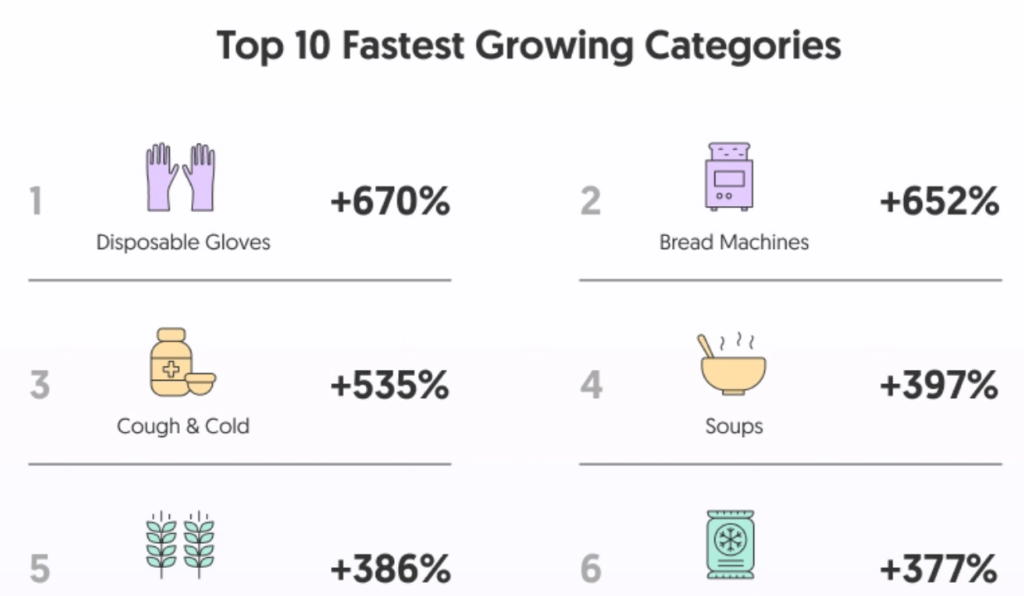
- The New York Times published a set of easy-to-visualize graphs showing changes in consumer spending. This is not specific to PPC, but the trends correlate well. (“How the Virus Transformed the Way Americans Spend Their Money”, Lauren Leatherby and David Gelles, NYTimes.com, 4/11/2020).
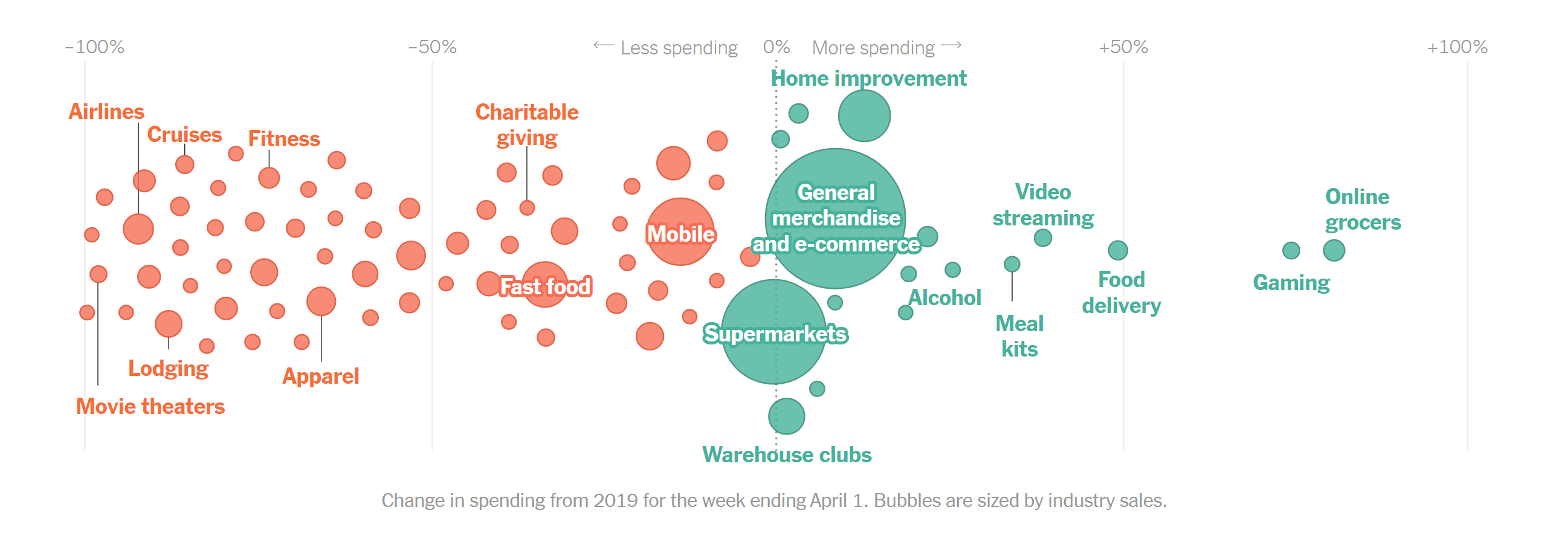
- Acquisio used their substantial platform data to plot 2019 vs. 2020 trends in PPC impressions, clicks and ad spend across over a dozen different industries (“The Impact of COVID-19 on PPC: Industry-by-Industry”, Vivien Leung, Acquisio.com, updated 3/31/2020)
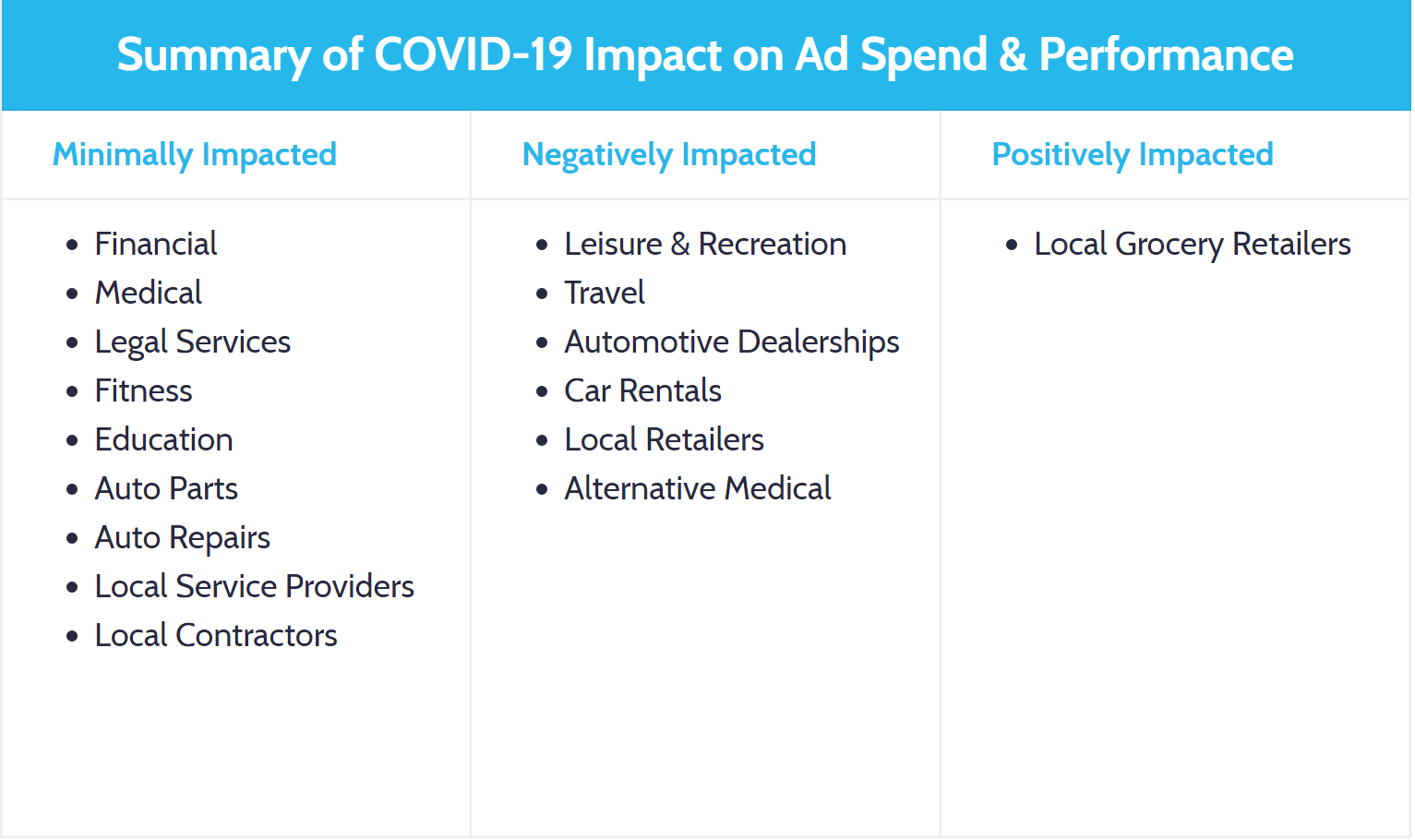
- Wordstream prepared an excellent run-down on industry trends “based on a sample of 15,759 US-based WordStream client accounts” (“How COVID-19 Has Impacted Google Ads Results for 21 Industries [Data]”, Mark Irvine, Wordstream.com, updated 3/25/2020).
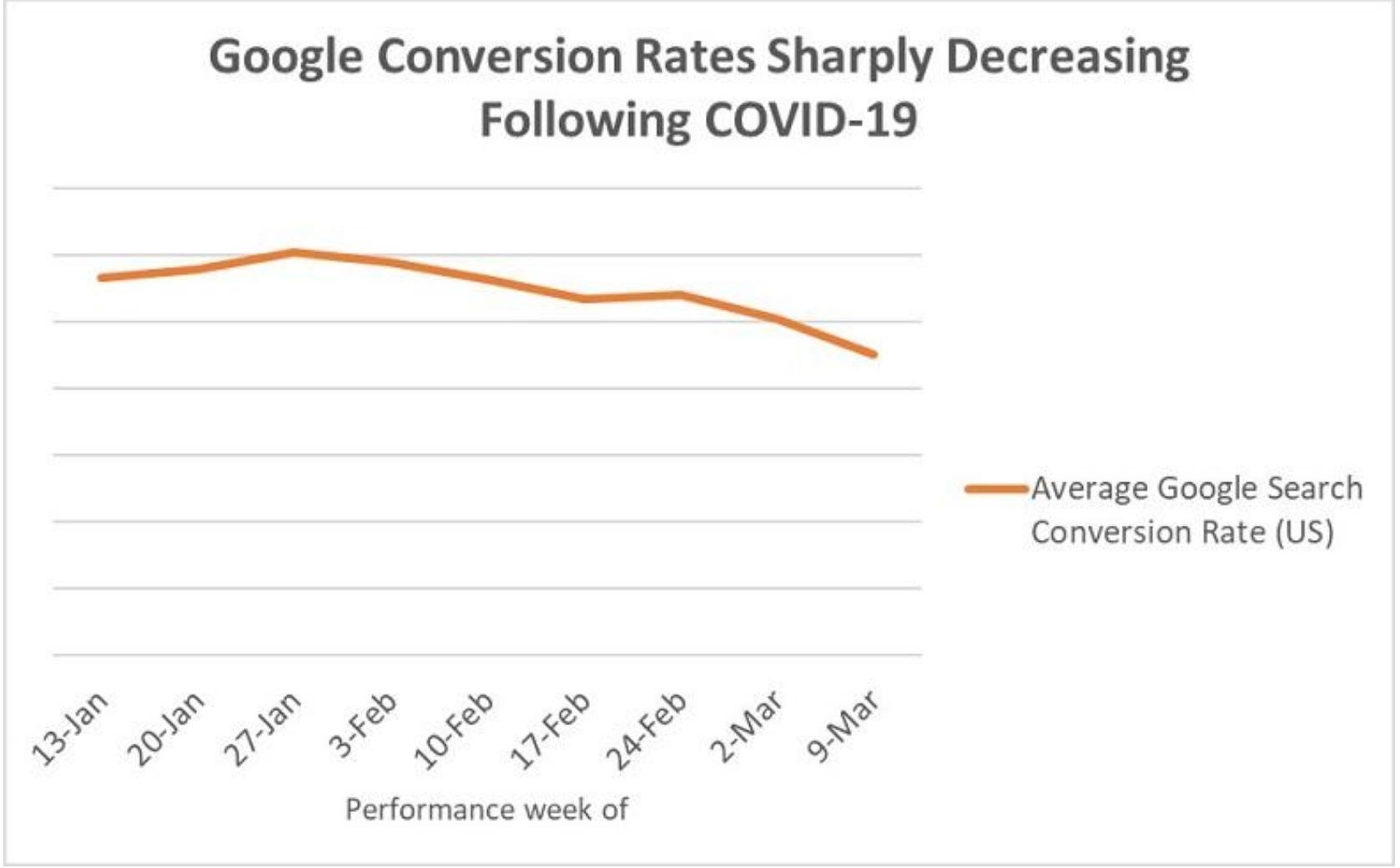
- Neil Patel produced a nice graphic showing the immediate change in organic traffic from the coronavirus (“What The Coronavirus (COVID-19) Means For Marketers”, Neil Patel, NeilPatel.com, March 2020). The changes to PPC search volumes seen by companies in these industries may be similar.
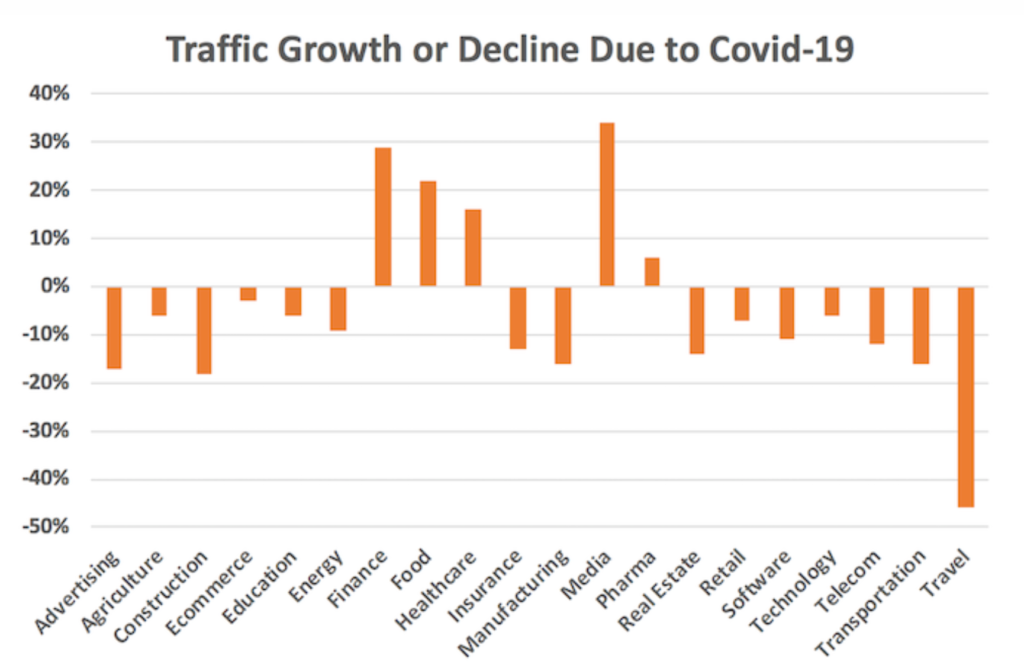
(source: neilpatel.com)
Demand across industries will return to more normal levels once we’re past the crisis. But the landscape will be different. Some of your past customers may have found other ways of meeting their needs, and they may be difficult to win back. Some of your competitors will never return, while brand new competitors will arise. How do you weather the storm with your Google Ads strategy and prepare to come out stronger on the other end? Read on…
Part 2) ACT: Google Ads Survival During COVID-19
During the COVID-19 pandemic you’ll need to adapt your Google Ads campaigns. The associated national and global economic downturn demands changes. Here are the top actions to take to keep your Google Ads campaigns running optimally for your business.
2.1 Reallocate Your Google Ads Budgets
Our top 3 recommendations:
1) Shift budgets to products and services that are still in demand
- Most businesses have some products or services still in demand. For some demand has increased. Re-allocate budgets to those areas.
- Check that you can still fulfill demand in each of the geographic regions you target. Otherwise, shift that budget elsewhere, too.
- Recognize that in a well-managed account ad spend will naturally decline when search volume declines. You may not need to make big changes.
2) Increase budgets where there are new demand opportunities
- Where can you help the most people right now? In the current climate there are changing needs (food, supplies). There are also changing “wants” (communication, entertainment).
- Can you shift to online sales? If you’re already selling online, you may suddenly find much higher search volume available to go after.
- Where can you best fill gaps left behind by competitors who are scaling back ad spend? Expand Search campaigns to meet direct needs. Expand branding campaigns to spread awareness that your company is strong, reliable and, most importantly, open for business.
3) Reduce budgets if you determine that the needs of your business require it
- Search & Shopping campaigns:
- Pause campaigns and ad groups:
- That have been under-performing to your key metrics, or
- Where you expect little demand during this period, or
- Where you are not able to support crisis-level demand
- Pause campaigns and ad groups:
- Display & Video campaigns:
- These campaigns often drive brand awareness rather than producing direct leads and sales. It can be tricky to get the tone right in brand messaging during a fast-changing crisis. You also can’t tightly control the surrounding content where your ads appear. For this reason, these are top candidates to pause now.
- Remarketing campaigns:
- These campaigns reach past website visitors to show them additional ads. Ask yourself if you expect past website visitors to respond positively to this extra ad exposure right now. If not, this is another good candidate to pause.
From other experts:
- “Importantly, unless there’s virtually no demand, it’s probably best to at least continue running your search/shopping ads. If people are still searching they are interested in what you have… The good news here is that if demand drops, you will naturally spend less.” (“PPC Marketing & COVID-19”, Ed Goss, TenThousandFootView.com post, 3/30/2020)
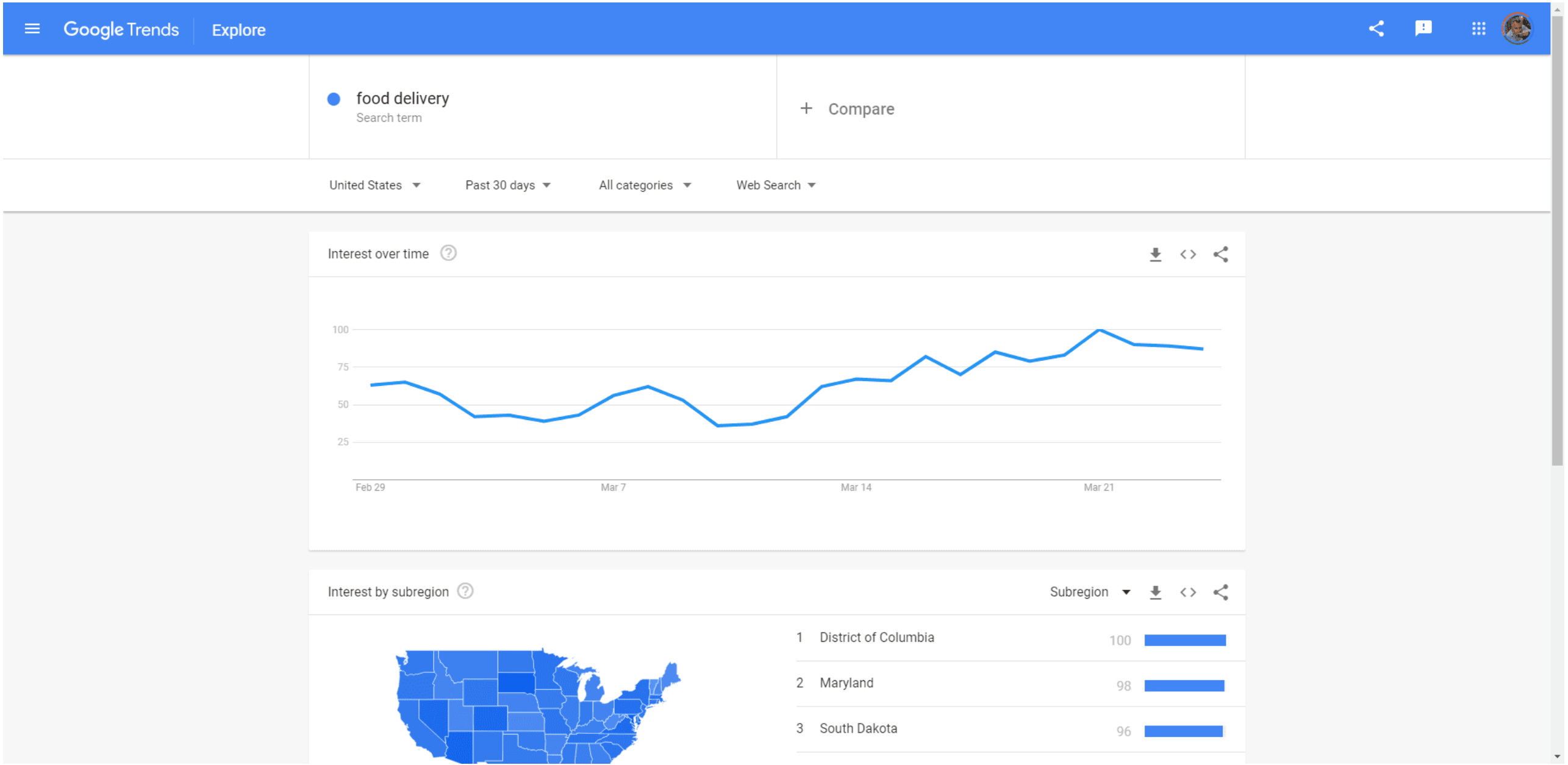
- “Traditional retail is struggling with minimal store visits, but ecommerce is an attractive opportunity to keep your sales coming in, even if your customers are stuck inside. To start selling your products online, create a Google Merchant Center account and upload your first products online.” (“4 Major Trends Caused by COVID-19 and How to Respond [Data]”, Mark Irvine, Wordstream.com, 3/27/2020)
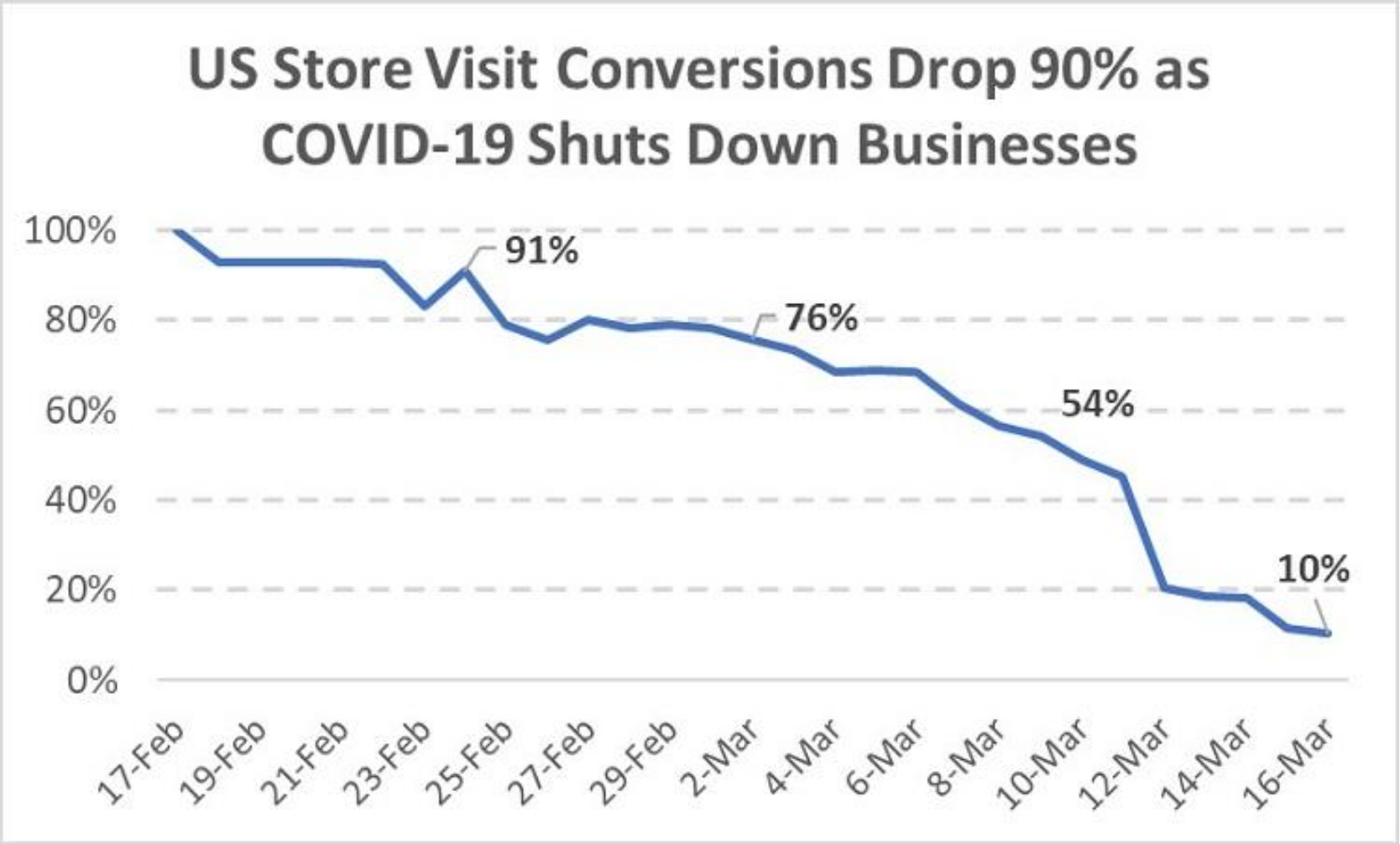
- “The research, conducted by the Interactive Advertising Bureau, found that nearly a quarter of all respondents have paused all advertising for the first and second quarter, while another 46% have adjusted or plan to adjust spending during the first half of this year… Digital advertising is expected to fair better than other mediums.” (“Marketers Think COVID-19 Will Be Worse For Advertising Than The 2008 Financial Crisis”, Marty Swant, Forbes.com, 3/27/2020)
- “There have been a number of studies going back nearly one century that point out the advantages of maintaining or even increasing ad budgets during a weaker economy. Those advertisers that maintained or grew their ad spending increased sales and market share during the recession and afterwards. As a popular adage says, “When times are good you should advertise. When times are bad you must advertise.” (“When A Recession Comes, Don’t Stop Advertising”, Brad Adgate, Forbes.com, 9/5/2019)

You might receive some budget help from Google!
Google will be offering $340M in ad credits as part of their response to the COVID-19 crisis. Google will add the credits automatically to eligible Google Ads accounts in the coming months. Eligible accounts are “small and medium businesses, who advertise directly with us or through partners… with active accounts since the beginning of 2019.” The credits will be good through the end of 2020.
You can read the announcement here.
2.2 Revamp Your Google Ads Content
Our top 3 recommendations:
1) Answer the obvious question
Ensure your ads and website pages let prospects know that you are open for business. Share if there are any changes to your products or services. Promote remote options such as services that you can perform over video or by phone. Keep in mind that Google won’t run any ads that use “COVID” or “coronavirus” in ad text in order to prevent unscrupulous exploitation.
2) Look for new opportunities
How can you re-purpose existing products and services to meet new living/working needs? How can you make delivery of products simpler and safer? What offerings can you move online? Craft messaging offering help that’s well-attuned to this moment in time.
3) Lead with empathy
We’re all human, and we’re all affected. Let prospects know that you and your employees are being safe and responsible. And show prospects that you care about them and their families, not just about their money.
One of our healthcare clients transitioned from in-office visits to teletherapy by video or phone. We quickly updated his Google Ads ads and ad extensions to match. We also updated his home page to emphasize his history of success in treating clients in this manner. One of our construction clients now highlights that most of their services can be performed remotely. This is a big competitive advantage for them compared to other companies in their space.
From other experts:
- See Google’s rundown of how different large brands have responded with creative and appropriate messaging (“Crisis marketing: How brands are addressing the coronavirus”, Google.com, 4/9/2020)
- “As the world pushes through this challenging time, compassion in advertising will be critical to ensure that brands remain in positive light. Businesses should be a resource for their employees, consumers, and other key stakeholders. Ensuring that brands take a compassionate approach to advertising will ultimately lead to long-term consumer trust, satisfaction, and loyalty.” (“Marketing Trends and Effects from COVID-19 (Coronavirus)”, AdvantixDigital.com, March 2020)
- See Google’s messaging recommendations (“Navigating your campaigns through COVID-19”, Google.com, March 2020)
2.3 Refocus Your Google Ads Targeting
Our top 3 recommendations:
1) Keep optimizing towards your KPIs
Have your business goals changed? If not, you should continue managing your campaigns to meet your top KPIs — sales revenue, ROI, cost per lead, impression share, or others. Campaign optimization never ends. That’s especially true when the ad environment is changing quickly.
2) Consider pausing “Smart Bidding”
Google’s “Smart Bidding” options are automated bidding algorithms. They use machine learning to try to get you more conversions or conversion value. But they rely on consistent historical data for decision making. The current ad auction environment for your business is likely very different from recent months. And the algorithms don’t know anything about COVID-19. For these reasons it’s likely that “Smart Bidding” will not function as well as usual right now.
3) Identify other targeting to update
- Have your prospects short-term needs shifted to different types of search queries?
- Do some keywords take on a different meaning during this crisis? (ex: virus, protect, mask)
- Will some geographic locations see either more or less demand?
- Are mobile devices used less often for searches now that most people are stuck at home?
- Has prospect demand shifted based on age or gender?
- Are different audiences, either built-in or custom, performing differently?
- Should you change your ad schedule now that many people no longer work “normal” hours?
From other experts:
- Google has seen 5 behaviors “playing out in Google data across markets, reflected in how people are searching: Assembling critical information, discovering new connections, adjusting to changes in their routines, praising everyday heroes, and taking care of themselves and others.” (“Google search data reveals how brands can help during the coronavirus pandemic”, Google.com, 4/9/2020)
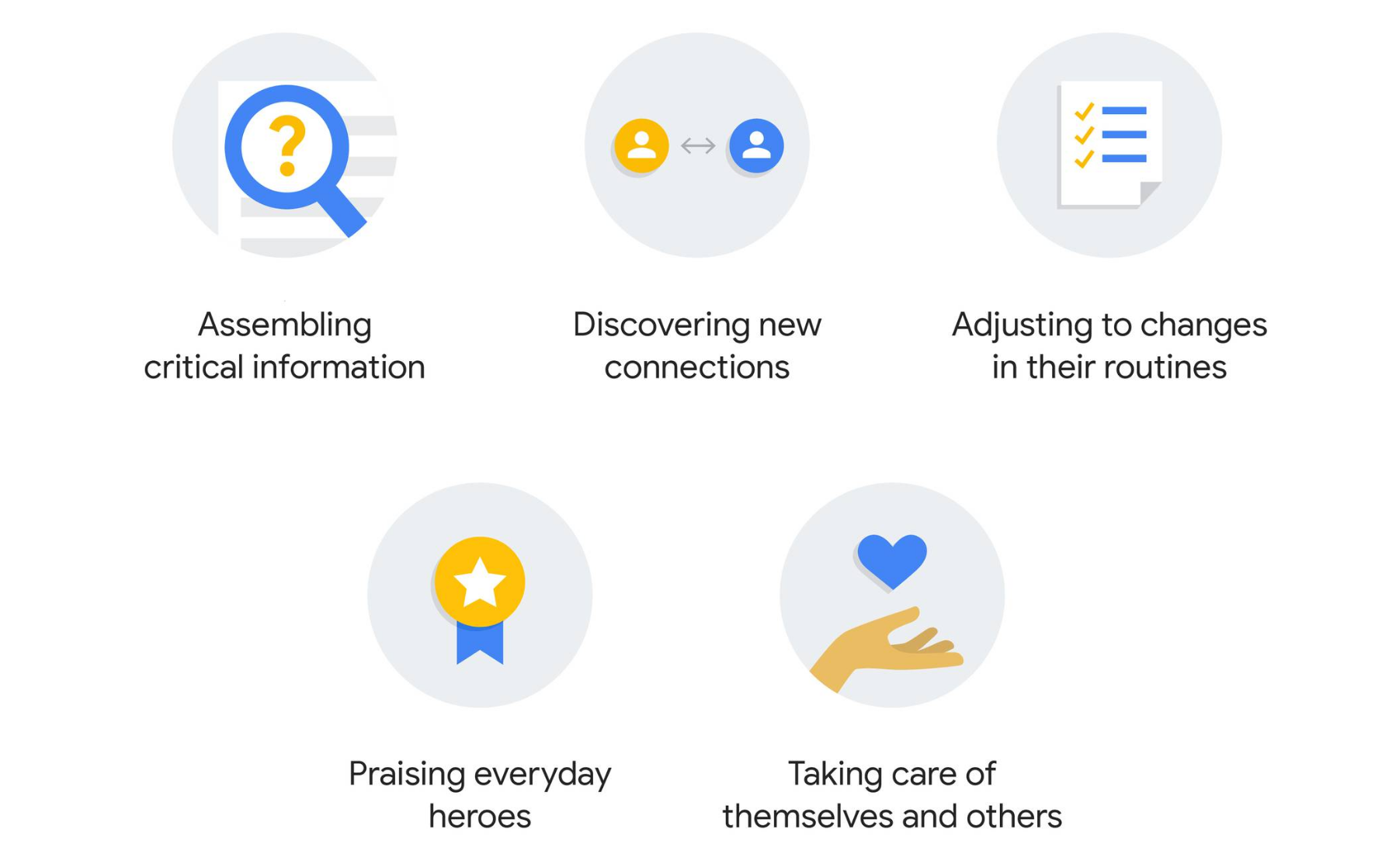
- “Many advertisers have been noticing less search interest for their products… Later in the evening, though, that impact is much less noticeable and search volume has even increased by about 15% after midnight…. During most weekend hours, search volume is within 10% of it’s pre-pandemic averages, and it’s also increasing significantly in the late-night hours… [However,] in the evening hours coinciding with the peak search volume for COVID-19, advertisers have noted a 30% lower conversion rate than they typically would expect at night.” (“How COVID-19 Is Shaping Google Search Trends & Patterns [Data]”, Mark Irvine, Wordstream.com, 3/30/2020)

- “Google search partners include many smaller search engines that are powered by Google, like ask.com and countless smaller local search engines. While many may prefer the Google brand of search, the truth is that not every search occurs on Google.com. These partner search engines make up about 10% of Google’s search reach, so consider including them to your campaigns to make up some of the lost search traffic you’re experiencing due to COVID-19.” (“4 Major Trends Caused by COVID-19 and How to Respond [Data]”, Mark Irvine, Wordstream.com, 3/27/2020)
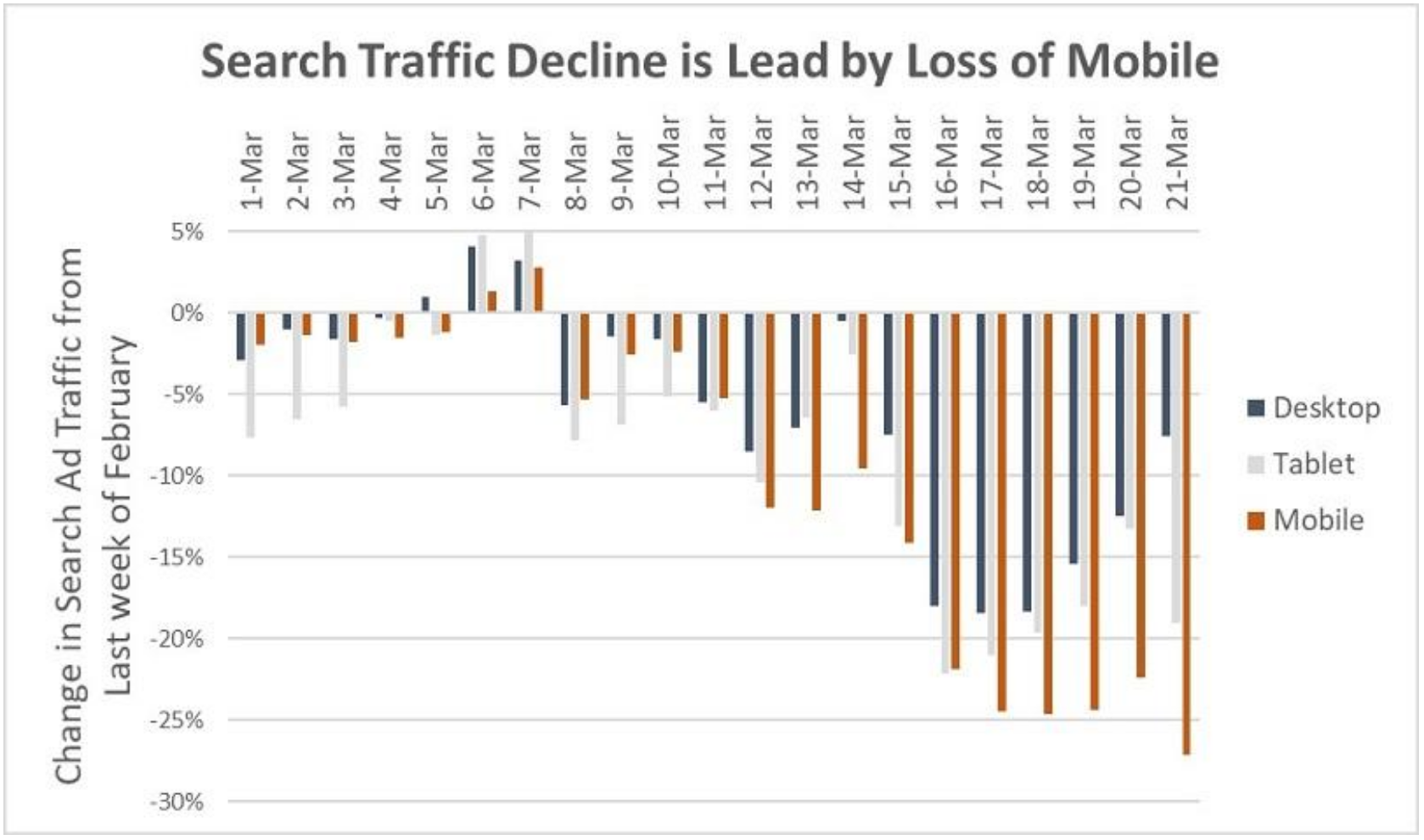
2.4 Outwit Your Google Ads Competitors
Our top 3 recommendations:
1) Understand how competitive changes can affect your account
- When competitors pull back in Google Ads, your ad spend could either decrease or increase!
- If competitors whose ads usually appear below your ads go away, that would reduce your Avg CPCs. But it might also boost total clicks and conversions. That’s because there are now fewer options on the search results page for users to choose from.
- If competitors whose ads usually appear above your ads go away, that wouldn’t affect your CPCs. But it would increase your Average ad position, which increases clicks and total spend. It might also reduce your conversion rate.
2) Analyze what your competitors are doing
- Use the “Auction Insights” report in Google Ads to see how your competitors are reacting. You can see changes in their average ad overlap and ad positioning compared to your ads.
- Use the “Ad Preview & Diagnosis” tool in Google Ads to check competitor ad messaging for specific queries. You can also check for differences between geographic locations.
- Use 3rd party tools such as SpyFu, iSpionage and SEMRush. They help you see in greater detail how competitors are changing their keyword targeting and ad messaging.
- Keep in mind that some competitors may decide to increase their Google Ads presence. They may seek to shore up more business in the face of a downturn and/or take advantage of holes left by other competitors who pull back.
3) Respond appropriately per your near-term strategy
- Advertisers succeed with Google Ads when they differentiate their business relative to competitors. That’s true in any environment, including this one. If your competitors have changed their messaging during the crisis, you may need to change yours. Help your ideal prospects see why you are still the best choice for them.
- If some competitors have dropped out, see if you can update your ad messaging to cover the holes they left behind. You can sweep up this available business to help get your company through the downturn.
- If some competitors have become more aggressive, determine whether you want to compete. Can you afford to? Can you afford not to?
From other experts:
- “When others pull back, windows of opportunities present themselves… Many of our clients have improved their online market share or position in the search results pages without having changed their campaigns.” (“Coronavirus: Should I Continue Advertising?”, Francis Espinoza, WhiteSharkMedia.com, 4/5/2020)

Part 3) PLAN: Google Ads Growth after COVID-19
Lay the groundwork now. Be well-positioned when the economy comes back to life in our post-coronavirus future.
Our top 3 recommendations:
1) Continue advertising now to be stronger later
- There will be some long-term changes in online prospect behavior as a result of this crisis. Continuing at least some level of advertising now will give you a head start. Learn quickly from your account data what’s changed and how you need to adapt.
- You’ve already made your account more efficient by following our advice in part 2 above. So continued advertising now should keep bringing in business. This will leave you in stronger shape financially when the economy ramps up again.
2) Recognize and adapt to permanent market shifts
- Some things may never be the same. What would it mean for your business if many people want to continue to avoid close contact? If in-store sales never recover and online sales become the new norm? If most life activities move inside the home? If people become more reluctant to spend money on non-essentials?
- How can you adjust your core services or products now to adapt to these coming changes? You may need to change how you present your business, what your website says, and what your ads say. The sooner you can make these changes, the sooner you’ll be able to thrive during the recovery.
3) Use Google Ads to test and learn
- There is no better platform than Google Ads for testing and honing your messaging. This virtuous cycle will let you zero in on the targeting and messaging that perform best for you in the new recovery environment.
- Watch or read the transcript of my presentation, “5 Ways to Test & Optimize Your Business Model with Google Ads”. I delivered this seminar at the Massachusetts Institute of Technology in 2019. You can learn several effective tactics for gaining accurate market insights for improving your business model and messaging through Google Ads tests.
From other experts:
- “The pressure is now on retailers’ new primary stores — their e-commerce sites — to not only sell inventory and generate revenue, but also to support, inform, and reassure customers along the way.” (“Here’s what to do when your retail website becomes your primary storefront”, Kevin Fried, Google.com, May 2020)
Conclusion
During the COVID-19 crisis we need to see to the health of our loved ones. We also need to see to the health of our businesses. Smart advertising can help our businesses survive the short term and position them strongly for the long term. I hope this Google Ads Survival Guide was informative and timely. Let me know how else I can help you.
Wishing you all the best,
Andrew









Great read, Andrew.
Definitely the most comprehensive article I’ve read on the topic and has shed some real light on how this is impacting different sectors!
Thank you, Cian, and do feel free to share your experience here, too.
Hi Andrew,
Great article with many good tips and ideas – thank you for your thought leadership for all of us PPC marketers during these changing times. I really like your section on optimizing towards KPIs and pausing Smart Bidding. As you mention, Google’s algorithms don’t know anything about COVID-19, so now is not the time to be relying on their “machine learning”!
With that said, I’ve been using “Impression Share” bidding with several of my clients lately, and that seems to be working pretty well. Any thoughts on using that “smart” bidding technique? I agree that Max Conversions / Max Clicks doesn’t make sense right now, but what about trying to hit a target share of voice / impression share?
Thank you!
Ryan
Hi Ryan – Thanks for your question. Yes, it does seem like “Impression Share” bidding should work better than other automations during big market disruptions. “Impression Share” bidding doesn’t rely on historical data and instead adapts to the current search query mix and levels of competitive bidding. And if you see it working, that’s even more good reason. Full steam ahead! 🙂
Hey Andrew,
“Revamp the Google Ads Content’ idea is gold!